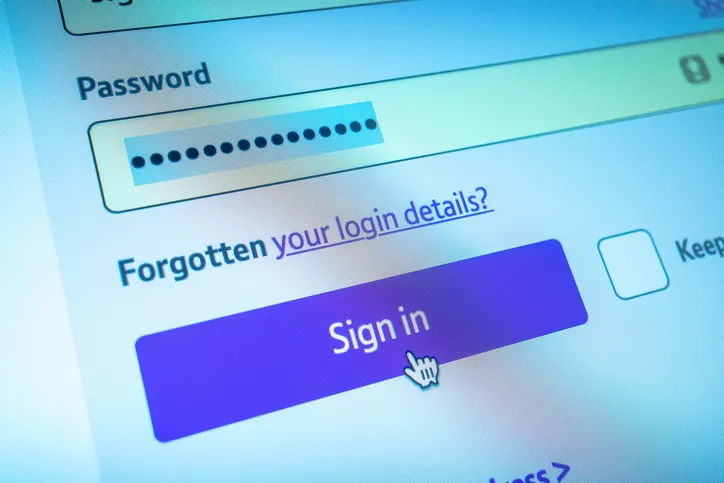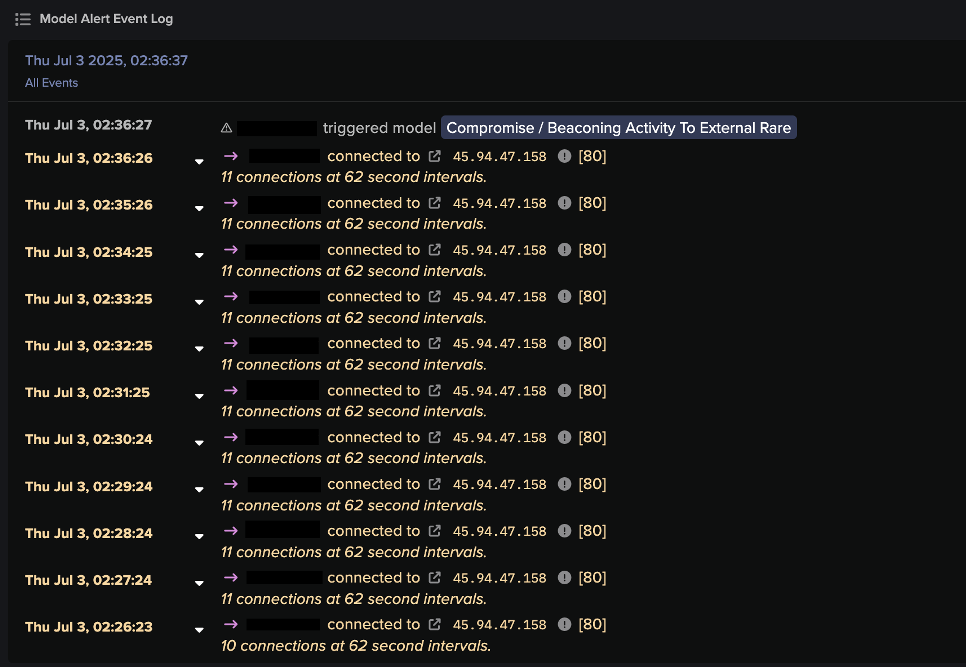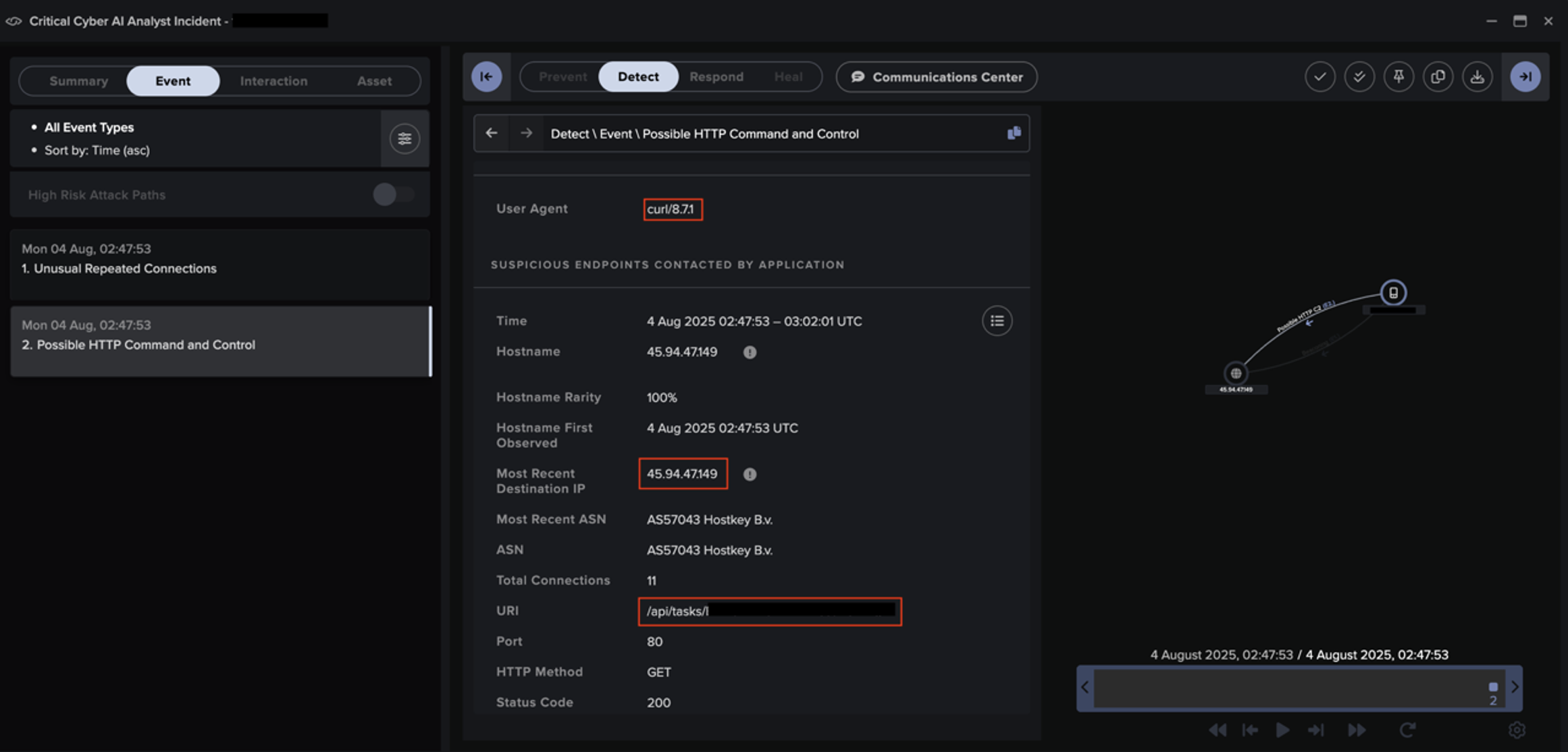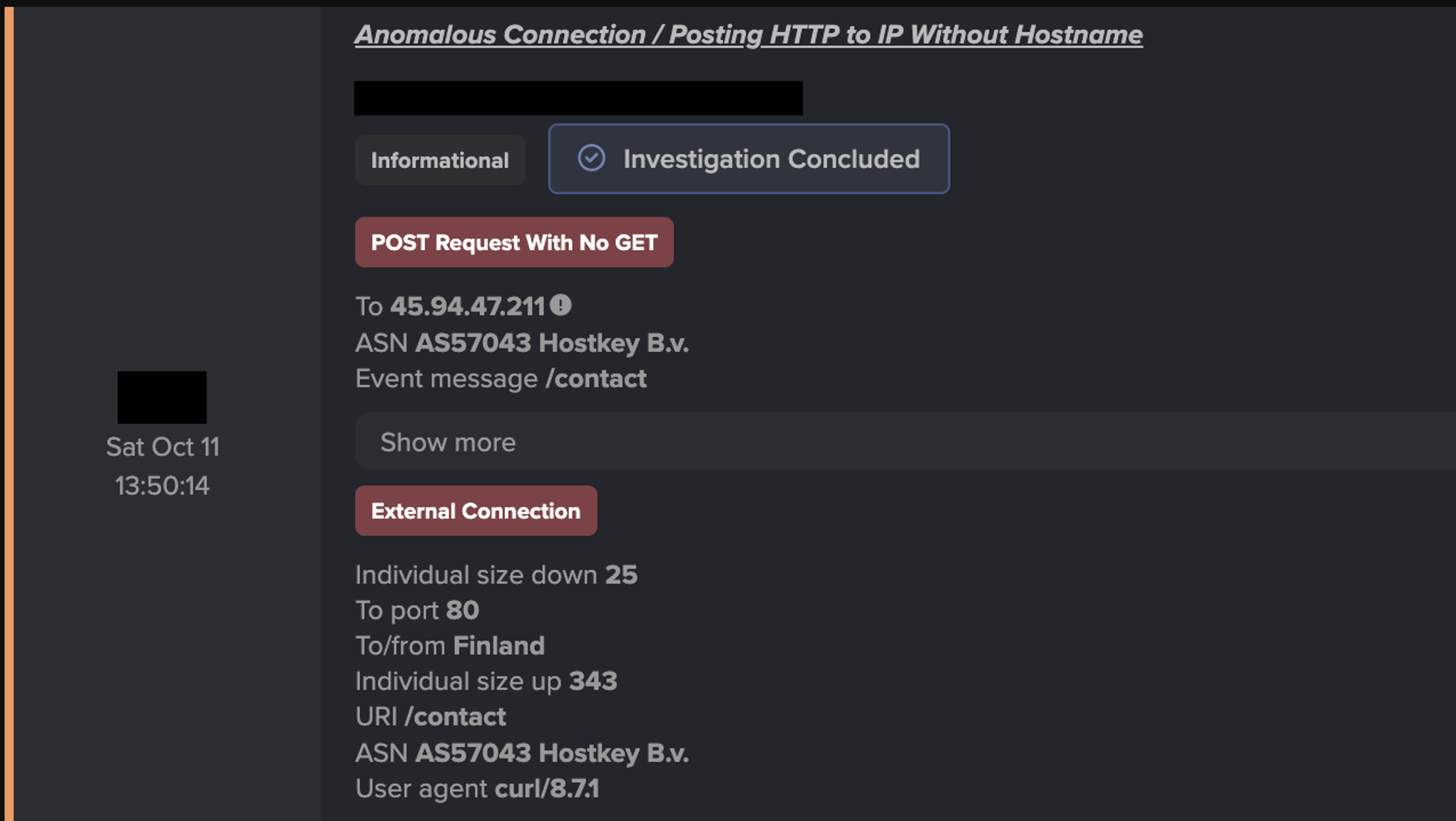Note: In order to name anonymity, real organization names have been replaced, all names used in this blog are fictitious.
What are critical national infrastructure sectors?
Critical National Infrastructure (CNI) sectors encompass of assets, systems, and networks essential to the functioning of society. Any disruption or destruction of these sectors could have wide-reaching and potentially disastrous effects on a country’s economy, security and/or healthcare services [1].
Cyber risks across Transportation Systems sector
Transportation Systems is one such CNI sector comprising of interconnected networks of fixed and mobile assets managed by both public and private operators. These systems are highly interdependent with other CNI sectors too. As such, the digital technologies this sector relies on – such as positioning and tracking, signaling, communications, industrial system controls, and data and business management – are often interconnected through different networks and remote access terminals. This interconnectedness creates multiple entry points that need to be security across the supply.
Digital transformation has swept through CNI sectors in recent years, including Transportation Systems. These organizations are now increasingly dependent on third-party and cloud providers for data storage and transmission, making their supply chains vulnerable to exploitation by malicious actors [2].
The exploitation of legitimate and popular cloud services mirrors the well-known “living-off-the-land” techniques, which are not being adapted to the cloud along with the resources they support. In one recent case previously discussed by Darktrace, for example, a phishing attack attempted to abuse Dropbox to deliver malicious payloads.
Zero-Trust within CNI Sectors
One recommended approach to secure an organization’s supply chain and cloud environments is the implementation of zero-trust strategies, which remove inherent trust within the network [3] [4]. The principle of “never trust, always verify” is widely recognized as an architectural design, with 63% of organizations surveyed by Gartner reportedly implementing a zero-trust strategy, but in most cases to less than 50% of their environments [5]
Although this figure reflects the reality and challenge of balancing operations and security, demands from the threat landscape and supply chain risks mean that organizations must adopt zero-trust principles in areas not traditionally considered part of network architecture, such as email and cloud environments.
Email is often the primary entry point for cyber-attacks with Business Email Compromise (BEC) being a major threat to CNI organizations. However, the application of zero-trust principles to secure email environments is still not well understood. Common misconceptions include:
- “Positively identifying known and trusted senders” – Maintaining a list of “known and trusted senders” contradicts the zero-trust model, which assumes that no entity is inherently trustworthy.
- “Using DMARC, DKIM and SPF” – While these protocols offer some protection, they are often insufficient on their own, as they can be bypassed and do not protect against email account takeovers. Research published from Darktrace’s last two threat reports consistently shows that at least 60% of phishing emails detected by Darktrace had bypassed Domain-based Message Authentication, Reporting & Conformance (DMARC) [6] [7].
- “Mapping transaction flows between internal and external users to determine what access is required/not required” – Although this aligns with the principles of least privilege, it is too static for today’s dynamic supply chains and evolving digital infrastructure. This approach also suggests the existence of “trusted” access routes into a network.
Attack Overview
In July 2024, Darktrace / EMAIL™ detected and contained a sophisticated phishing attack leveraging Microsoft SharePoint. This attack exploited the trusted relationship between a Darktrace customer in the public transport sector and a compromised supplier. Traditional methods, such as those detailed above, would likely have failed to defend against such an advanced threat. However, Darktrace’s behavioral analysis and zero-trust approach to email security allowed it to successfully identify and neutralize the attack, preventing any potential disruption.
Initial Intrusion Attempt
The observed phishing attack by Darktrace would suggest that the customer’s supplier was targeted by a similar campaign beforehand. This initial breach likely allowed the attacker to use the now compromised account as a vector to compromise additional accounts and networks.
On July 9, Darktrace / EMAIL identified a significant spike in inbound emails from “supplier@engineeringcompany[.]com”. The emails appeared to be legitimate notifications sent via SharePoint and contained a file named “Payment Applications Docs”.

This reflects a common technique in malicious social engineering attempts, where references to payment are used to draw attention and prompt a response. Darktrace observed a large number of recipients within the organization receiving the same file, suggesting that the motive was likely credential harvesting rather than financial gain. Financially motivated attacks typically require a more targeted, ‘under-the-radar’ approach to be successful.
These phishing emails were able to bypass the customer’s email gateways as they were sent from a trusted and authoritative source, SharePoint, and utilized an email address with which the customer had previously corresponded. The compromised account was likely whitelisted by traditional email security tools that rely on SPF, DKIM, and DMAC, allowing the malicious emails to evade detection.
Autonomous Response

However, Darktrace / EMAIL did not use these static rules to automatically trust the email. Darktrace’s Self-Learning AI detected the following anomalies:
- Although the sender was known, it was not normal for the supplier to share files with the customer via SharePoint.
- The supplier initiated an unusually large number of file shares in a short period of time, indicating potential spam activity.
- The SharePoint link had wide access permissions, which is unusual for a sensitive payment document legitimately shared between established contacts.
Darktrace understood that the email activity constituted a significant deviation in expected behavior between the sender and customer, regardless of the known sender and use of a legitimate filesharing platform like SharePoint.
As a result, Darktrace took action to hold more than 100 malicious emails connected to the phishing attack, preventing them from landing in recipient inboxes in the first instance. By taking a behavioral approach to securing customer email environments, Darktrace’s Self-Learning AI embodies the principles of zero trust, assessing each interaction in real-time against a user’s dynamic baseline rather than relying on static and often inaccurate rules to define trust.
Conclusion
Cloud services, such as SharePoint, offer significant advantages to the transportation sector by streamlining data exchange with supply chain partners and facilitating access to information for analytics and planning. However, these benefits come with notable risks. If a cloud account is compromised, unauthorized access to sensitive information could lead to extortion and lateral movement into mission-critical systems for more damaging attacks on CNI. Even a brief disruption in cloud access can have severe economic repercussions due to the sector’s dependence on these services for resource coordination and the cascading impacts on other critical systems [9].
While supply chain resilience is often evaluated based on a supplier’s initial compliance with baseline standards, organizations must be wary of potential future threats and focus on post-implementation security. It is essential for organizations to employ strategies to protect their assets from attacks that would exploit vulnerabilities within the trusted supply chain. Given that CNI and the transportation sector are prime targets for state-sponsored actors and Advanced Persistent Threat (APT) groups, the complex and interconnected nature of their supply chains opens the door for opportunistic attackers.
Defenders face the challenge of ensuring secure access and collaboration across numerous, dynamic assets, often without full visibility. Therefore, security solutions must be as dynamic as the threats they face, avoiding reliance on static rules. Real-time assessment of devices behavior, even if deemed trusted by end-users and human security teams, is crucial for maintaining security.
Darktrace’s AI-driven threat detection aligns with the zero-trust principle of assuming the risk of a breach. By leveraging AI that learns an organization’s specific patterns of life, Darktrace provides a tailored security approach ideal for organizations with complex supply chains.
Credit to Nicole Wong, Senior Cyber Analyst Consultant and Ryan Traill, Threat Content Lead
Appendices
Darktrace Model Detections
Key model alerts:
- Personalized Sharepoint Share + New Unknown Link
- Personalized Sharepoint Share + Bad Display Text
- Personalized Sharepoint Share + Distant Recipient Interaction with Domain
- Personalized Sharepoint Share + Sender Surge
- Personalized Sharepoint Share + Wide Access Sharepoint Link
MITRE ATT&CK Mapping
Resource Development • Compromise Accounts: Cloud Accounts • T1586.003
Initial Access • Supply Chain Compromise • T1195
References
[1] https://www.cisa.gov/topics/critical-infrastructure-security-and-resilience/critical-infrastructure-sectors
[2] https://committees.parliament.uk/writtenevidence/126313/pdf/
[3] https://nvlpubs.nist.gov/nistpubs/SpecialPublications/NIST.SP.800-161r1.pdf
[6] https://darktrace.com/threat-report-2023
[7] https://darktrace.com/resources/first-6-half-year-threat-report-2024
[9] https://access-national-risk-register.service.cabinetoffice.gov.uk/risk-scenario/cyber-attack-transport-sector





























![Autonomous Response’s suggested actions to block suspicious connectivity to IP 45.94.47[.]149 for the device within the second customer environment.](https://cdn.prod.website-files.com/626ff4d25aca2edf4325ff97/6931e3cb1ddc36af8205720b_Screenshot%202025-12-04%20at%2011.40.54%E2%80%AFAM.png)

![Cyber AI Analyst investigation finding a successful POST request to 45.94.47[.]144 for the device within the third customer environment.](https://cdn.prod.website-files.com/626ff4d25aca2edf4325ff97/6931e41d22eb7e9a3e8217d5_Screenshot%202025-12-04%20at%2011.42.15%E2%80%AFAM.png)

